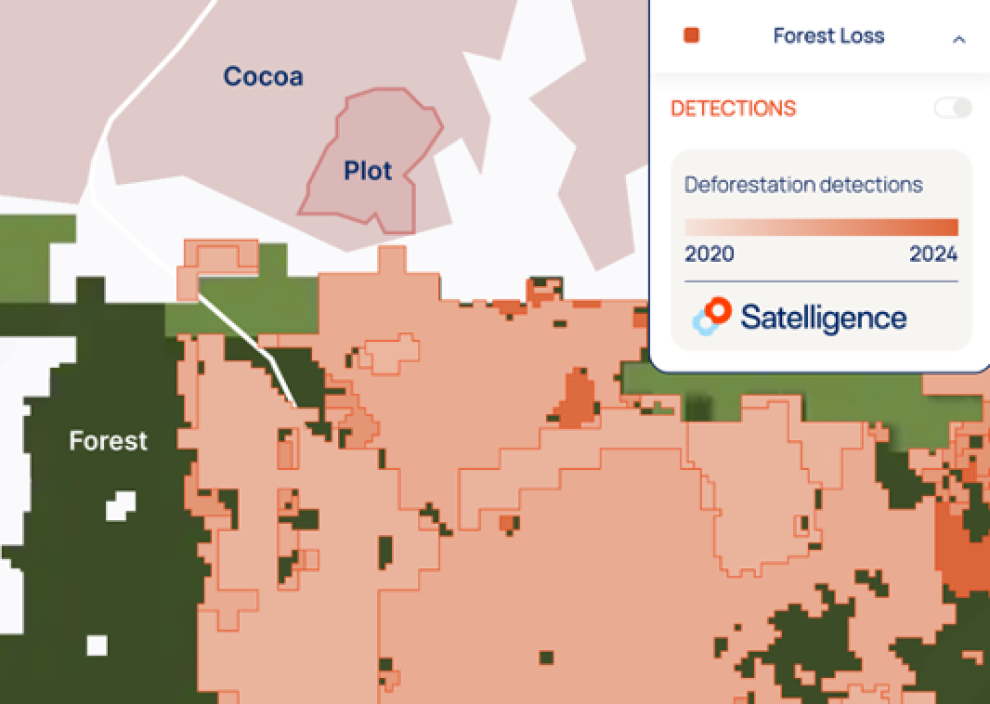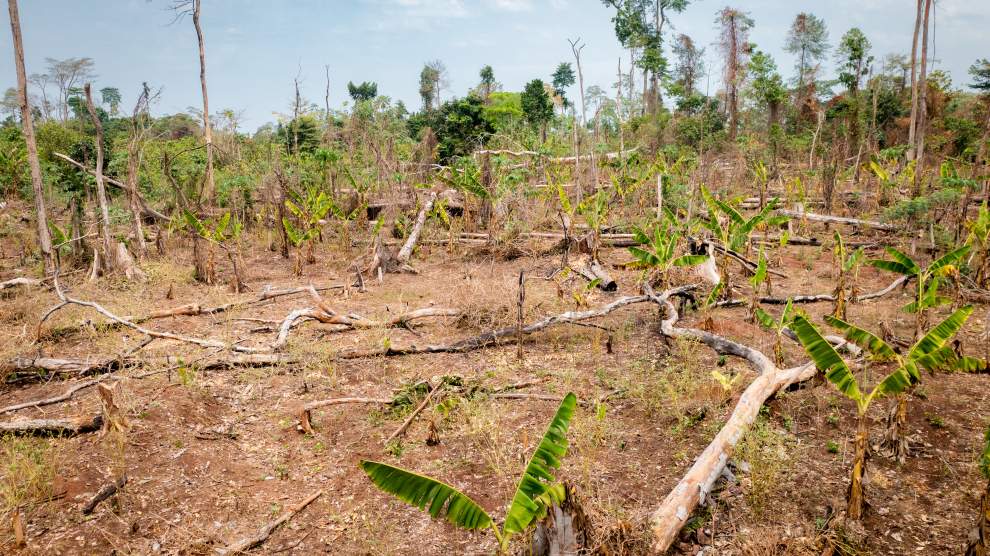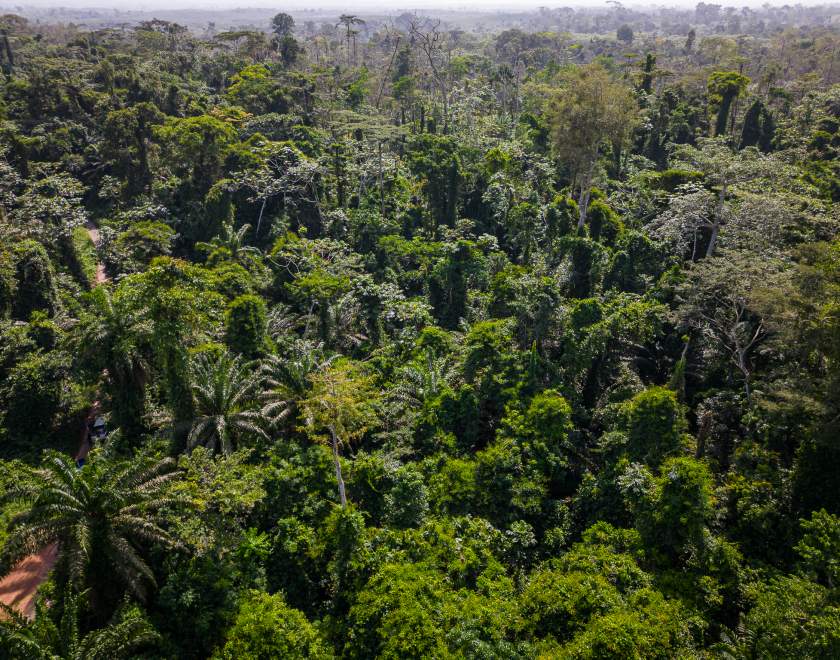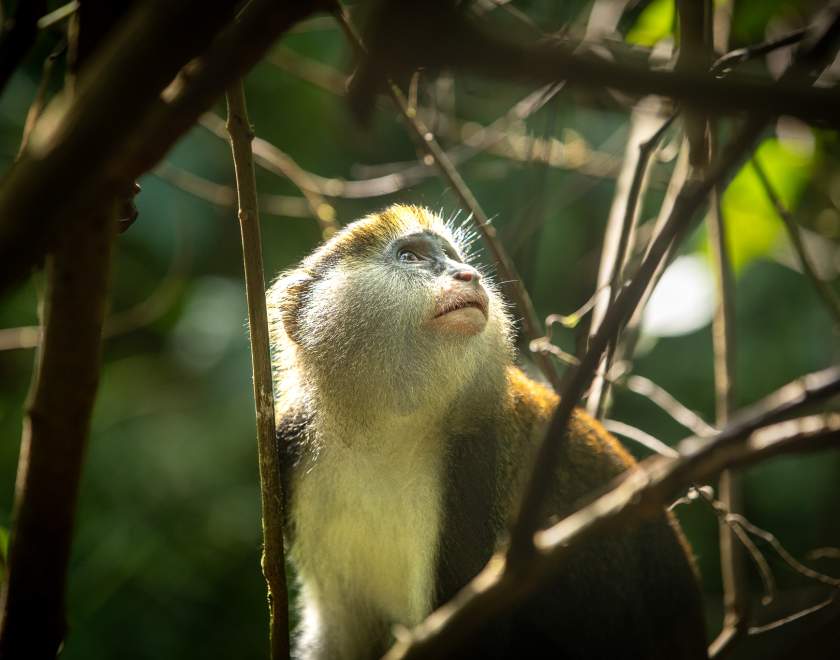A Unified Approach to Deforestation Risk
The methodology standardises how cocoa companies assess and report deforestation risk by combining satellite data, farm polygons and forest baseline mapping in a single process. It allows companies to:
- Evaluate cocoa plot data consistently across origins
- Compare results with national and international forest datasets
- Identify, monitor and mitigate deforestation risk with confidence
By aligning data sources and definitions, the methodology streamlines compliance, reduces duplication and improves efficiency across reporting systems.



